As architects and landscape designers, creating indoor outdoor living spaces that are sustainable and eco-friendly is more important than ever. With a growing awareness of our impact on the environment, it’s essential to choose materials that are not only beautiful but also sustainable. In this blog post, we’ll explore the concept of indoor-outdoor living, the importance of sustainable design, and the benefits of using wood as a sustainable material for living spaces.
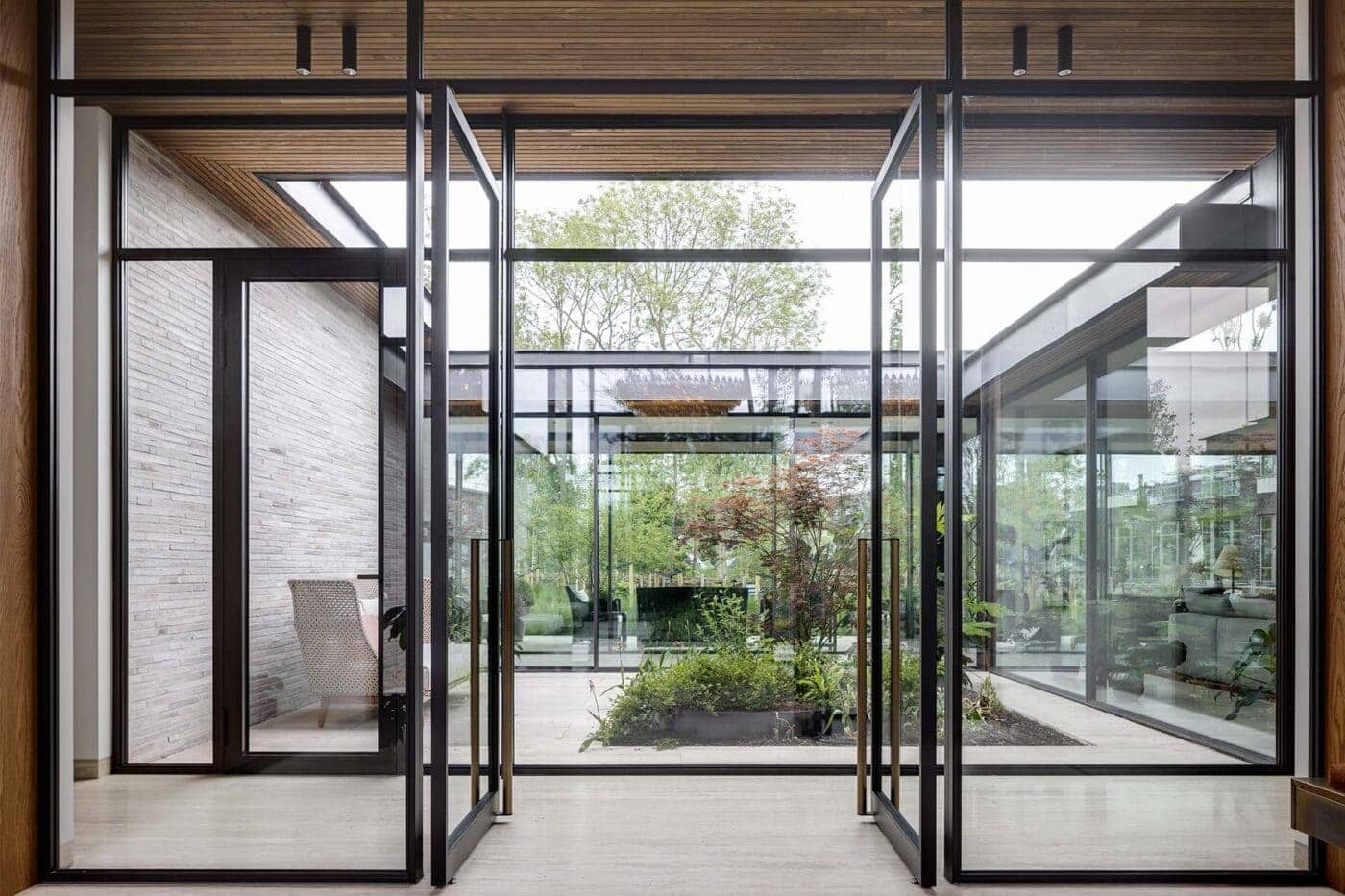
Indoor-outdoor living is a design approach that merges indoor and outdoor spaces to create a seamless transition between the two. This approach allows for increased living space and promotes well-being by connecting people with nature. The benefits of indoor-outdoor living include improved air quality, increased natural light, and access to greenery.
Examples of indoor-outdoor living spaces include residential properties with balconies, patios, and gardens, commercial spaces with courtyards and rooftop gardens, and public spaces such as parks and plazas.
Sustainable design is a design philosophy that aims to minimize the negative impact on the environment. It involves reducing waste, conserving energy, and using renewable materials.
Sustainable design is especially important for indoor-outdoor living spaces because these spaces are exposed to the elements and require durable materials. Examples of sustainable design in indoor-outdoor living spaces include using natural materials like wood, recycled materials, installing solar panels, and using permeable pavement to reduce stormwater runoff.
Sustainable design is crucial for indoor-outdoor living spaces for several reasons.
Choosing the right type of wood is essential when creating sustainable indoor-outdoor living spaces. Opting for thermally modified wood for outdoor use is also important to ensure it lasts longer and doesn’t rot or decay. Designing with wood involves incorporating it into the overall design of the space, such as using wood as a focal point or accent.
Wood is a renewable and sustainable material that has been used in construction for centuries. It is a popular choice for indoor-outdoor living spaces because it is durable, energy-efficient, and biodegradable, especially when opting for thermowood.
Using wood can help to reduce the carbon footprint of a building and promote sustainable design. Wood is a beautiful and versatile material that can be used in a variety of ways, from decking to furniture. By using wood in indoor and outdoor living spaces, architects and landscape designers can create beautiful, sustainable spaces that are both functional and eco-friendly.
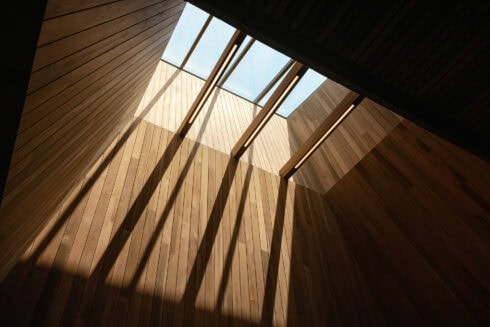
The Thermory Design Awards 2025 once again shine a spotlight on the most inspiring uses of thermally modified wood in architecture and design. This year’s...
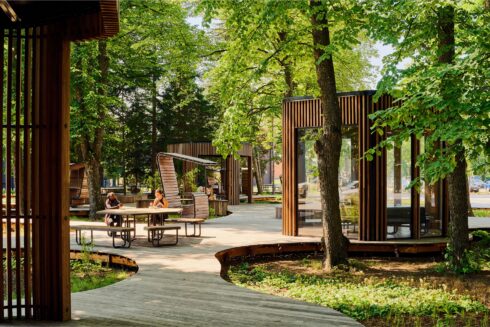
When it comes to decking, there are many options from natural wood to plastics and everything in between. It’s no secret that we at Thermory prefer...
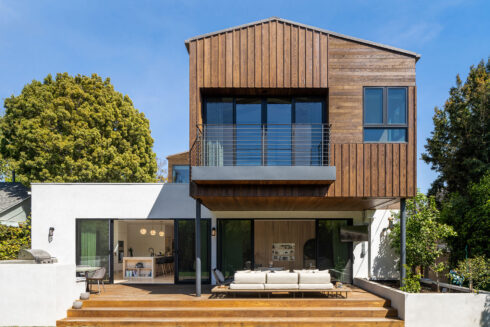
Yes — and you absolutely should. Mixing cladding...
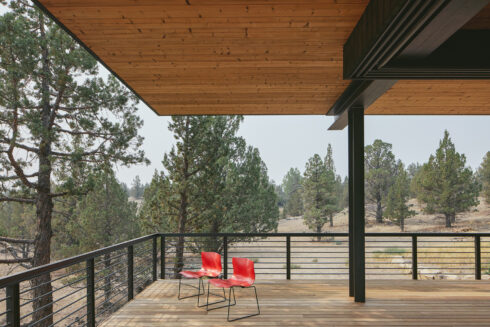
When designing...
...
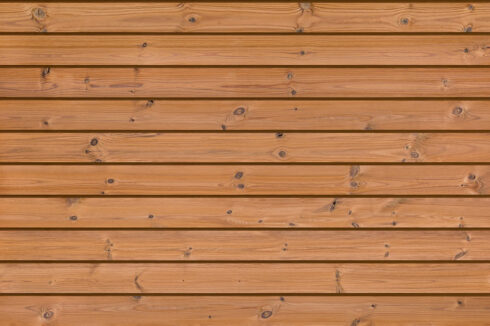
Shiplap cladding...
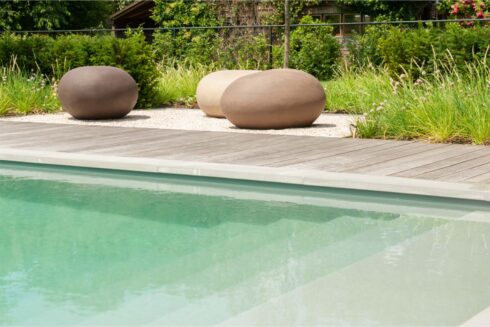
Looking to create a poolside space that’s as durable as it is beautiful? Thermo-ash decking is the perfect choice for stylish, low-maintenance outdoor...
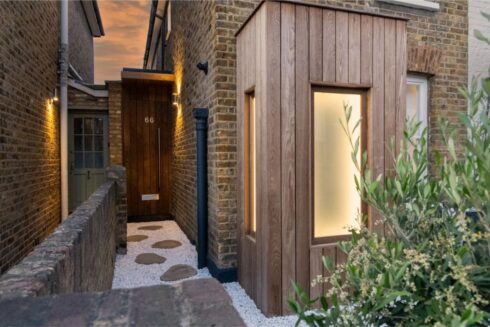
The most...
Rooftop spaces...

Contemporary...
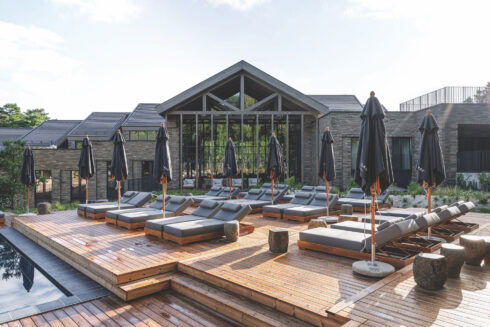
Wood decking adds...
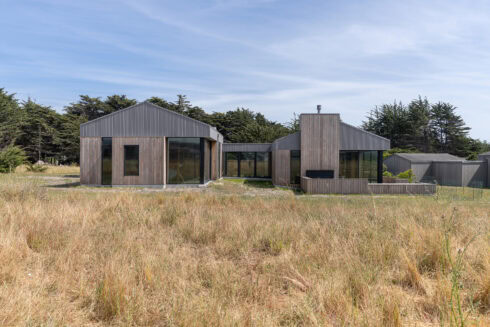
While a wood species’ natural properties play an important role in determining the timber cladding’s durability, they’re only part of the...
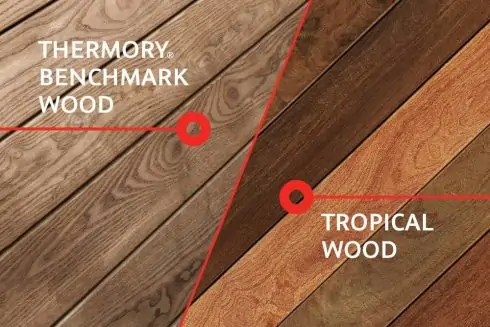
As the construction and design industries evolve, so does the demand for sustainable, high-performance building materials. For over 25 years, Thermory has...
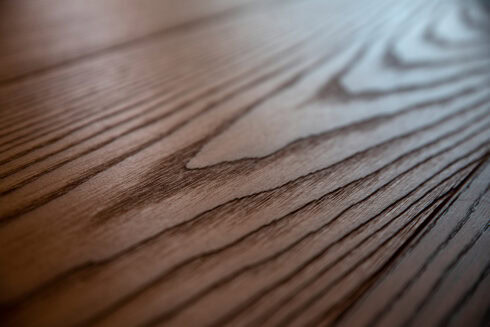
Picture a wood that balances elegance, durability and versatility – a natural material that not only meets your demands but also exceeds your...

Combining different wood species, finishes and profiles brings variety to any interior or exterior design, delivering a tantalizing injection of texture and...
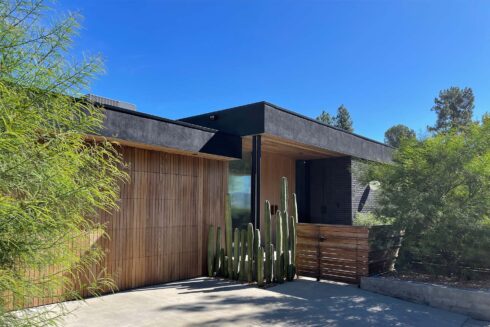
We were curious about the architecture trends and the popularity of timber in Australia, so we asked our down under partner, McCormacks Australia, to tell...
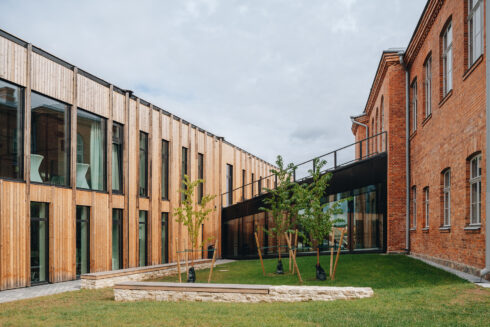
With the EU, US and many other countries aiming to achieve carbon neutrality by 2050, sustainability is not just a construction trend anymore, but it’s...
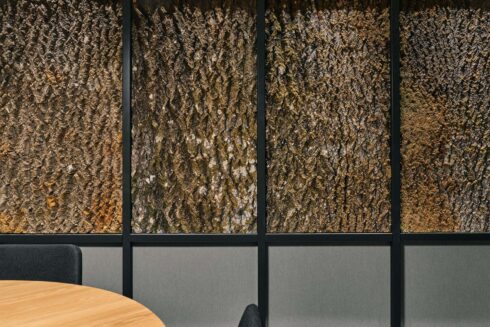
In the quest to shift our world towards more sustainable practices and circular processes, designers are increasingly turning their attention to...
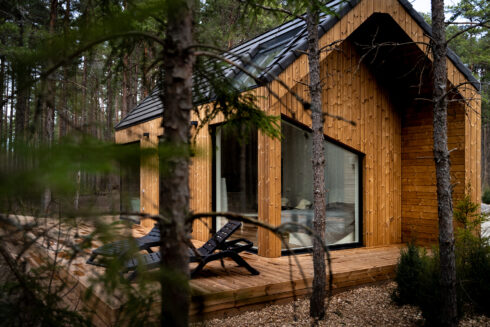
Sometimes, the best place to unwind and get away from it all is a secluded forest cabin in breathtaking surroundings. Find inspiration for your next...
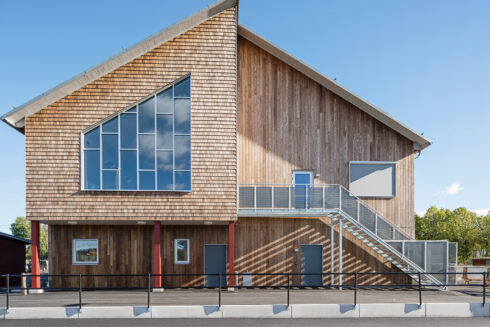
When it comes to designing and constructing educational spaces, choosing the right materials is crucial. There has been a growing trend towards...
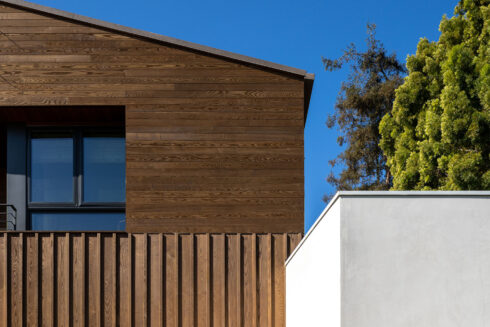
Wood is a highly valuable material and although it grows abundantly, we must treat this natural resource with respect and create value from even the smaller...
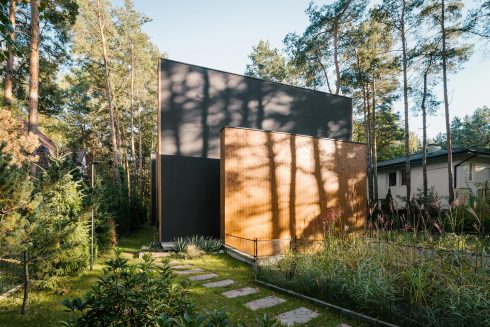
From intimate spaces like our homes to public urban areas, the environment surrounding us has a big effect on our well-being. Recent turbulent years have...
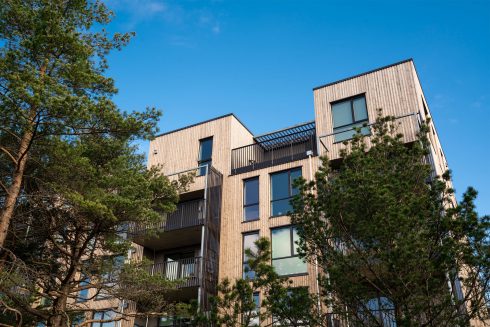
Finding the best solution to clad buildings is important for several reasons – as well as defining the look and feel of your design, it also has a major...
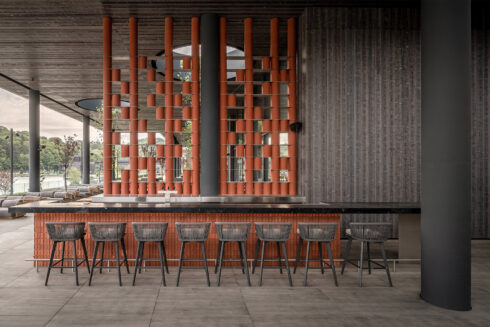
Thermory Design Awards is part of Thermory 25 celebrations for acknowledging and rewarding our...

Curators of Tallinn Architecture Biennale 2022 exhibition “Edible ; Or, The Architecture of Metabolism”, Lydia Kallipoliti & Areti...
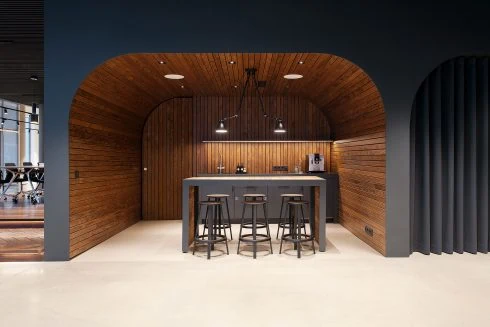
The aim of biophilic design is to create buildings and spaces that enable harmonious, naturally enjoyable experiences for their users by promoting the...

The purpose of biophilic design is to create spaces that deliver benefits for both human health and the environment by nurturing people’s innate affinity...

Natural wood can be used in many different ways. The beauty and versatility make wood unequalled building material. As both an interior and exterior design...
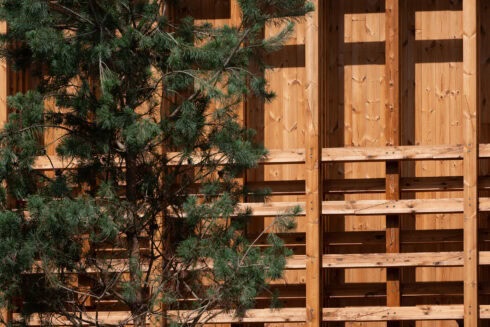
When it comes to...
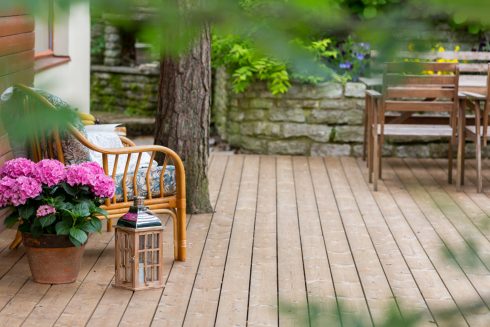
Home is where the heart is – a place where the whole family can feel safe and warm. The building materials you choose should enhance this feeling and...
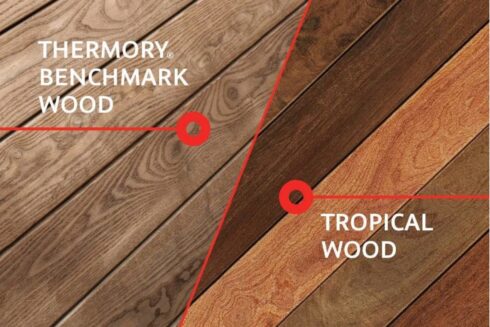
For decades, tropical hardwoods have been prized for their density, durability, and rich appearance. But their popularity comes at a high cost. Many of...
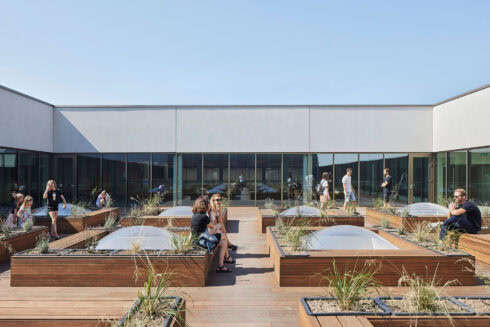
...

Thermally modified wood, often referred to as thermowood, is real wood enhanced using only heat and steam to improve its durability, dimensional stability,...
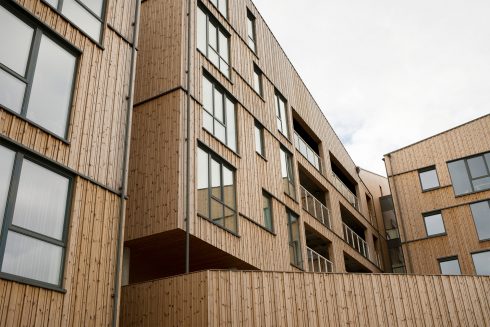
Thermally modified wood offers a unique combination of beauty, durability, and versatility. If you’re searching for fresh exterior cladding ideas,...
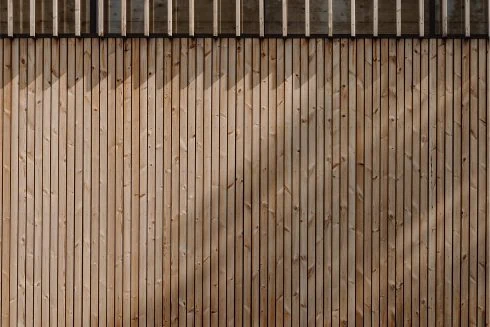
With rising concerns about climate change, the world community’s responsibility to reduce our carbon footprint rests with each and every individual and...
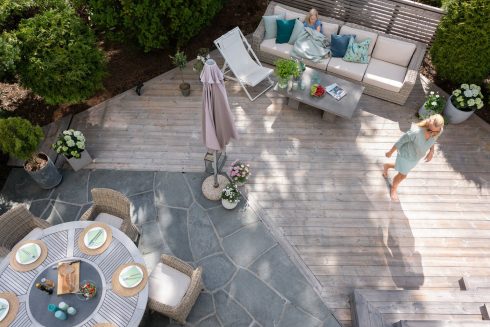
Wood is a natural material – and that’s part of its magic. Over time, its appearance changes, especially when exposed to the elements. Thermory’s...
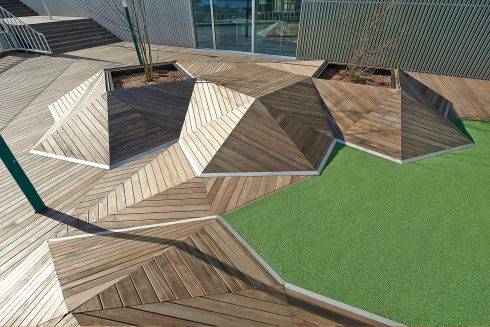
You’ve selected the perfect decking for your outdoor space – now you just need to decide how best to secure it in its chosen location. There are two...

Great design is more than just aesthetics—it’s about how a space makes you feel. Increasingly, research confirms what many have intuitively known: wood...

Ensuring the highest quality with the smallest possible ecological footprint and responsible use of resources are all principles that we consider important...
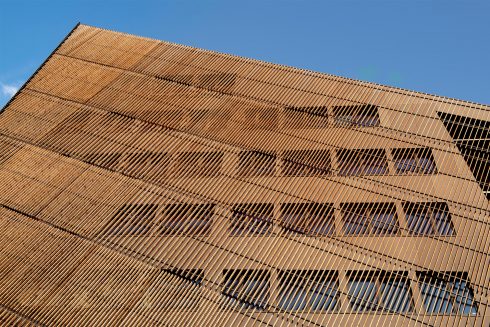
Throughout the history of architecture, surely no other material has been as influential as wood. It’s rare to see a building that’s been produced...
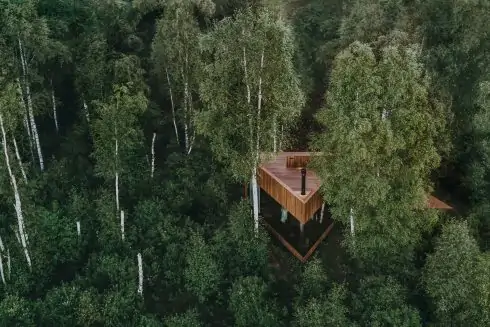
A trend is taking root in the worlds of architecture and interior design based on using natural materials and living plants to better...
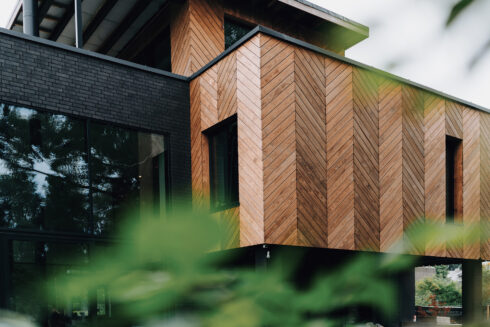
If you’re considering which wood types to use for a renovation or construction project, there are several considerations that may influence your decision...
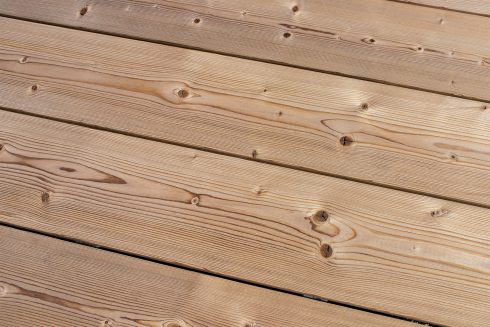
The wood-paneled interiors so common to mid-century homes have become sought after again, as many seek the warm, cozy feeling that the natural material...
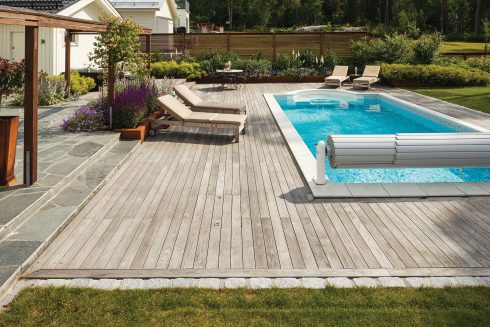
The warmth of springtime is fast approaching, and our thoughts are naturally turning towards spending more time outside. If you have a wooden terrace or...
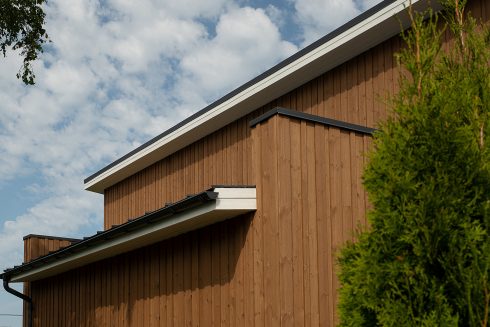
To ensure that your Thermory cladding retains its natural warm and authentic character, it’s important to apply the correct maintenance techniques. The...
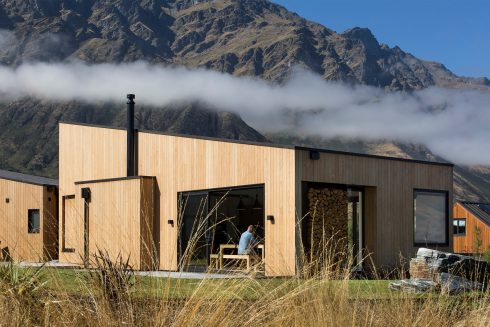
No matter where you live when you’re choosing a decking or cladding material, you’ll have to be mindful of how that material will change over time...
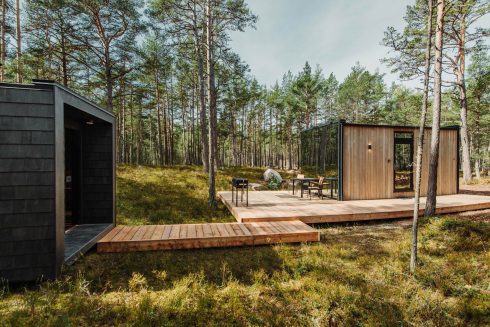
The tiny house movement has gained more momentum in the last decade, but why? It is based on tiny living: owning less so that what you own doesn’t own...

In 2022, the global megatrend of sustainable architecture and building practices will continue. Architecture trends influence the choice of materials both...

THERMORY BENCHMARK THERMO-ASH
ESTONIA

BENCHMARK THERMO-PINE CLADDING C4 20x115 / 26x 115, DECKING D4 26x115
ESTONIA
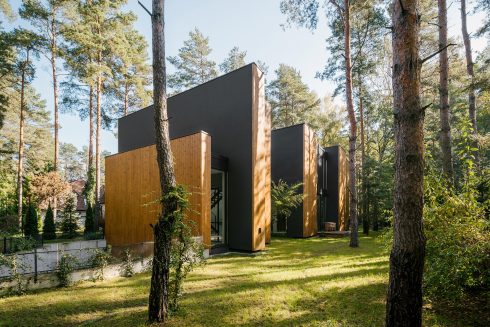
BENCHMARK THERMO-PINE
POLAND
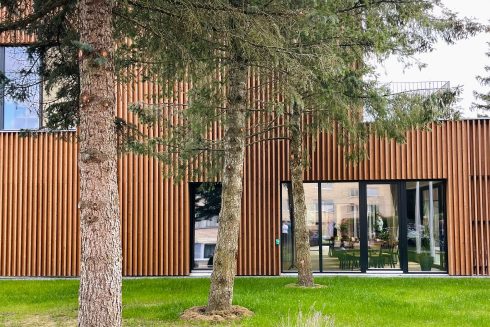
BENCHMARK THERMO-PINE
LITHUANIA

THERMORY THERMO-PINE MIX & MATCH CLADDING
NORWAY
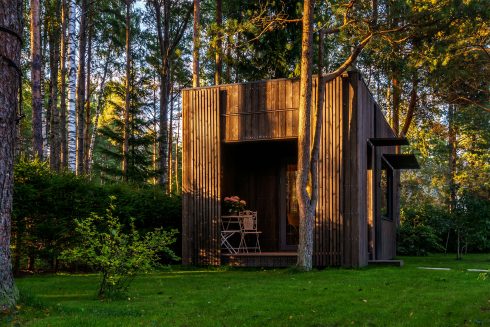
THERMORY BENCHMARK THERMO-SPRUCE BRUSHED CLADDING, THERMO-ASH DECKING AND FLOORING
ESTONIA
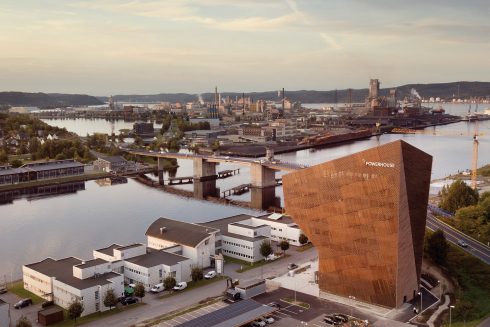
THERMORY BENCHMARK THERMO-PINE CLADDING C4
NORWAY
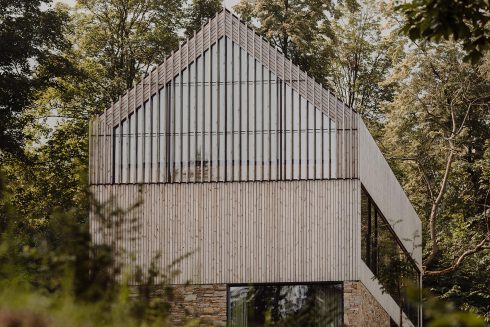
THERMORY BENCHMARK THERMO-PINE CLADDING AND ROOFING
POLAND
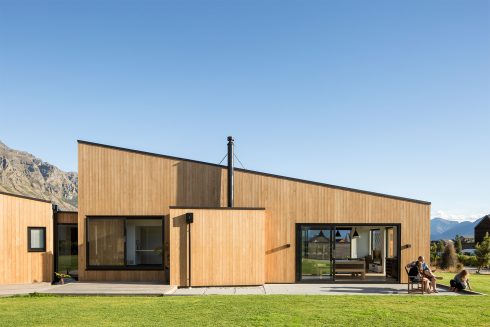
THERMORY BENCHMARK THERMO-RADIATA PINE CLADDING C3
NEW ZEALAND
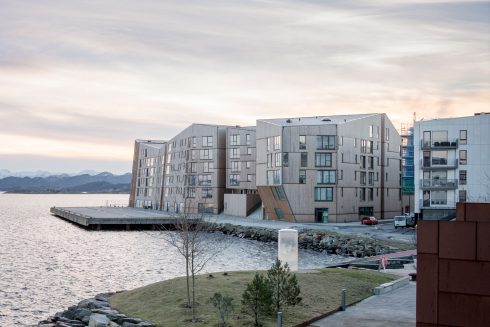
THERMORY BENCHMARK THERMO-PINE CLADDING C3 20X115 MM, ROOFING C10 20X140 MM AND DECKING D4 SG 26X140
NORWAY
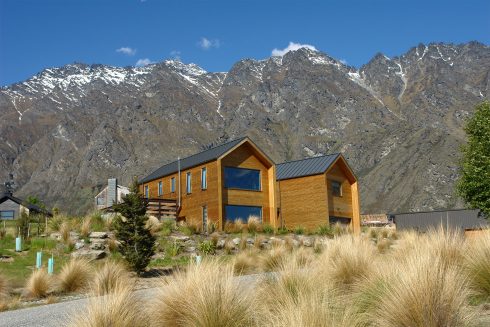
THERMORY BENCHMARK THERMO-PINE CLADDING C8 26X140 MM
NEW ZEALAND
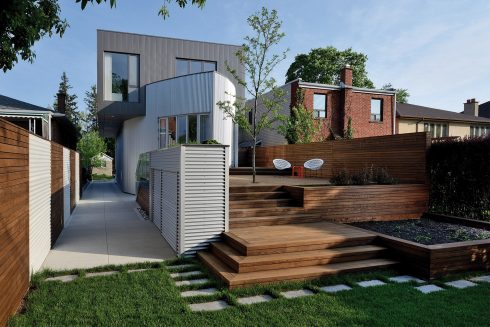
THERMORY BENCHMARK THERMO-ASH DECKING D31
CANADA

THERMORY BENCHMARK THERMO-ASH CLADDING C5 20X72/140/190MM, BRUSHED AND THERMO-ASH MEDIUM FLOORING F5 18X245
ESTONIA